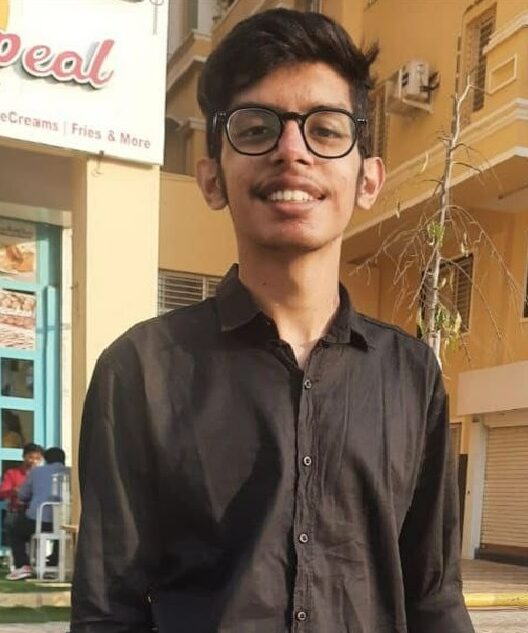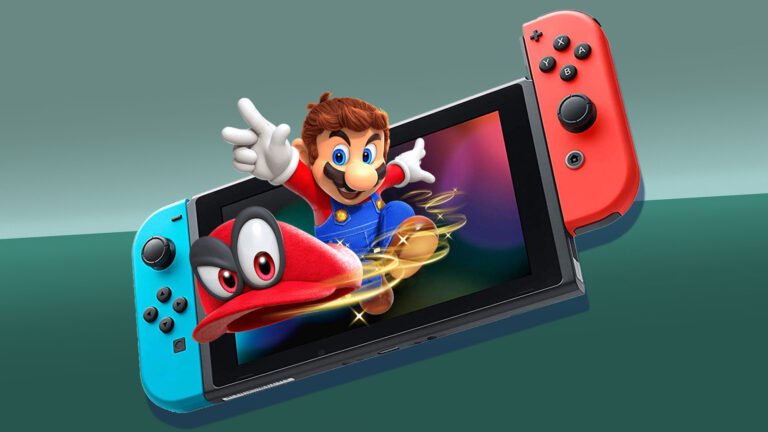The Nintendo Switch is only the most recent in a long series of cutting-edge gaming systems from the Japanese gaming juggernaut. The ability to play games on the Switch in handheld mode or by docking it allows you to continue playing them on your TV.
It’s possible that nothing occurs when you insert your Switch into the dock. If this occurs, you will only be using half the potential of this flexible gadget. Fortunately, there are several actions you may do to solve the issue.
Here is our guide on Fix: Nintendo Switch dock charging but not showing on tv.
Why is Nintendo Switch dock charging but not showing on tv?
Short Answer: There are several reasons why your Nintendo Switch may be charging but not showing on your TV. It can be due to a faulty cable, a loose cable, or you may be putting the cable in the wrong TV input. It can also be due to TV compatibility issues or firmware issues in Switch.
1. Unstuck or loose wires
You should start by making sure that all of the cords are properly connected to your TV and the Switch dock. Make sure the HDMI cable is connected to the TV and dock in the proper places.
2. Defective HDMI cable
No signal could be sent to the TV due to a broken or malfunctioning HDMI connection. To check whether that fixes the issue, try using a different HDMI cable.
3. Improper TV input
Ensure that the HDMI port your Switch dock is hooked into is the one that the TV input is configured to. The input may have been altered unintentionally by you or by another person.
4. Faulty dock
It’s possible that the Switch dock has an internal problem stopping it from sending the signal to your TV. To determine whether the issue still exists, try docking your Switch with a different device.
5. Difficulties with TV compatibility
The Switch dock is not compatible with all Televisions. To confirm that the resolution and refresh rate of the output signal from the Switch are supported by the TV, consult the handbook or specs.
6. Firmware problems
It’s conceivable that there could be a compatibility problem between your Switch dock and TV even if they are both running the most recent versions of their respective firmware. For more help, try upgrading the Switch’s firmware to the most recent version or contacting Nintendo customer service.
After determining the issue, you may take the required actions to resolve it and use your Nintendo Switch on your TV.
Fix: Nintendo Switch dock charging but not showing on tv
-
Method 1: Check the HDMI cable
The Nintendo Switch’s black screen with sound issues while playing on a TV might be caused by a faulty HDMI connection. To check if this is the case, take the following actions: Turn off both the TV and the Nintendo Switch. Between the TV and Nintendo Switch, disconnect the HDMI cable.
Check the HDMI cable for rips or other damage. If the cable appears to be damaged, swap it out for a new one. Reconnect the TV and Nintendo Switch’s HDMI cables. Turn on both the TV and the Nintendo Switch. If the HDMI cable was the cause of the problem, this should fix it.
-
Method 2: Change Your HDMI Cable
That could not even be the Switch’s issue if it won’t connect to your TV. The HDMI cable that connects your Switch to your TV must function properly in order for your TV to receive the signal from your Switch.
The straightforward fix is to connect your Nintendo Switch to your TV with a separate HDMI cable. Nowadays, a high-quality HDMI cable is not overly costly, but before you buy a replacement, it is important to confirm that the cable is the problem.
To determine if you can connect your Switch using this cable, try using a cable that you are already familiar with using, such as the HDMI cable between your streaming device and your TV. If you can, you can be certain that the HDMI cable is the source of the issue. As an alternative, you may try connecting a different device to your TV using your HDMI cord.
-
Method 3: Adjust the TV’s input
The issue could just be that your TV is showing one of the other HDMI ports rather than the one your Switch is connected to as the majority of Televisions come with numerous HDMI inputs.
The input button on your TV remote control should allow you to switch between multiple TV inputs. To cycle across all the HDMI inputs, use this button. The picture may occasionally take a moment or two to display on the screen, so wait a few seconds before moving on to the next input.
Each HDMI input on your TV should also have a label, however, these might be challenging to see. You can tell which input setting your TV should be on if you know where your HDMI cable is connected in.
-
Method 4: Change the charger you’re using to charge your switch
Your Switch has to be charged first. If you keep pressing the power button and your Nintendo Switch still has a black screen after a power cycle as we’ve detailed before, power cycle it one more after charging.
Just to be clear, you may use your charger to charge your Nintendo Switch if it’s in excellent condition. But if it’s damaged and can’t power your Switch anymore, the battery will keep draining and this method won’t work.
Whether you choose to utilize the original charger or a new one is totally up to you. Be sure the characteristics of any alternative charger you choose to use are identical to those of the licensed Nintendo AC adapter (100 – 240 V, 1 A).
After making that point, do the following: The Nintendo Switch must be devoid of the Joy-Con. Before plugging it into the power outlet, attach the USB-C end of the charger/AC adapter to the charging port at the bottom of the switch. Maintain the plug for five to ten minutes.
Once the device has been charged for five to ten minutes, repeat the hard reset process. To start, press and hold the power button for 15 seconds while the Nintendo Switch is still connected in. Press the power button after 15 seconds have passed. In order for your Nintendo switch to turn on, hit the power button one more.
-
Method 5: Check the sequence of the Cables’ Plugging
As bizarre as it may sound while connecting your Nintendo Switch to your TV, there appears to be a precise order in which you are supposed to plug everything in. Your connection issues might be the result of doing tasks out of order.
To properly connect your Nintendo Switch to your TV: To make sure you’re starting from scratch, unplug everything. This also entails taking the Switch out of the dock. Using the USB-C connection, connect the AC adapter to the Switch dock.
The power should now be turned on after inserting the other end of the AC adapter into a power socket. Your Switch dock should get your HDMI cable. Connect the HDMI cable’s opposite end to your TV. Last but not least, place your Nintendo Switch into the dock. In a perfect world, the Nintendo Switch should be able to connect to your TV.
-
Method 6: Upgrade the TV and Switch System Software
Modern consoles and smart Televisions frequently receive software upgrades. Check to see if fresh firmware isn’t available if you use a Smart TV (or even a non-smart TV). Smart TVs can get updates immediately from the internet, while non-smart Televisions may require you to download and store the update to a flash drive.
For details on the exact process, consult the TV’s handbook. Check for system updates on the Switch side of the equation. When you enter an internet connection, this ought to take place automatically.
-
Method 7: Examine Using a Different TV
Even if your home doesn’t have many Televisions, you can still test your Switch with a friend’s TV by taking it with its dock. Any computer monitor with an HDMI input may be used to pair with the Switch. You can be sure that your dock or Switch is broken if the issue continues on different display devices.
-
Method 8: Contact Nintendo Help
If your Nintendo Switch won’t charge, display on TV, or even boot through the recovery screen, it could have more severe damage. There could be a serious motherboard issue. If that’s the case, a hardware expert or a member of Nintendo’s support team can help.
Follow us on Twitter & like our Facebook page for more post-updates.
Check out more –

An experienced gaming content writer who emphasizes on offering the most recent information and how-to tutorials for the trending titles. Being a Hardcore gamer himself, he likes to try an array of games and likes to spend his time exploring them. He likes to unwind by listening to R&B music when he’s not writing about gaming stuff.

